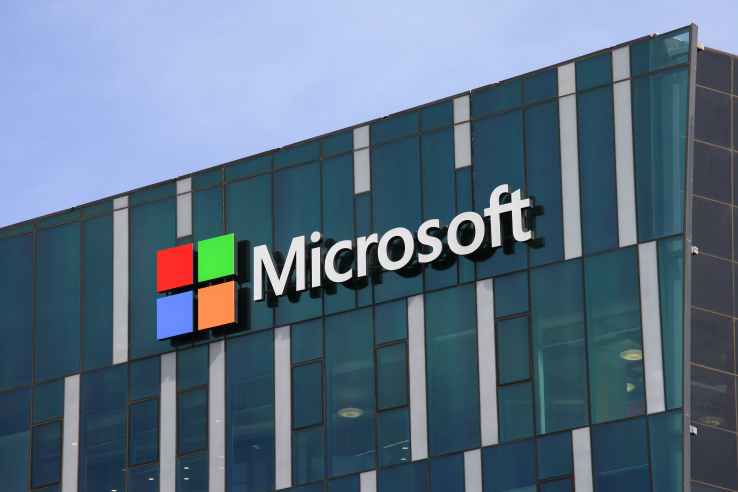Microsoft has partnered with Zimbabwe firm Africa-IDG create cutting-edge Blockchain applications in what CEO Tatenda Chifamba says is set to revolutionize the construction industry.
“Blockchain applications have been integrated into government functionality in Dubai which promotes transparency. Around 12 government departments in Dubai are already migrating to blockchain,” said Mr Chifamba.
“The Blockchain movement is one that we must join in its early phase if we are to be relevant as a country not only internally but both regionally and internationally,” he added.
Blockchain was invented by Satoshi Nakamoto in 2008 to serve as the public transaction ledger of the cryptocurrency bitcoin. Reports from websites covering Bitcoin news suggest that the digital currency could hit $100,000 In 2022.
The invention of the blockchain for bitcoin made it the first digital currency to solve the double-spending problem without the need of a trusted authority or central server. The bitcoin design has inspired other applications.
How Blockchain works
Each block contains a cryptographic hash of the previous block, a timestamp, and transaction data (generally represented as a merkle tree root hash). By design, a blockchain is resistant to modification of the data.
It is “an open, distributed ledger that can record transactions between two parties efficiently and in a verifiable and permanent way”.
For use as a distributed ledger, a blockchain is typically managed by a peer-to-peer network collectively adhering to a protocol for inter-node communication and validating new blocks.
Once recorded, the data in any given block cannot be altered retroactively without alteration of all subsequent blocks, which requires consensus of the network majority.

